What Is The Bends, also known as decompression sickness (DCS), is a risk associated with scuba diving and other activities involving pressure changes. At WHAT.EDU.VN, we aim to provide clear and concise explanations to help you understand this condition and how to prevent it. Dive into this guide to explore the causes, symptoms, treatment, and prevention of the bends, enhancing your knowledge of dive safety and decompression illness.
1. Understanding The Bends in Scuba Diving
During scuba diving, your body absorbs nitrogen from the compressed air you breathe. The amount of nitrogen absorbed increases with depth and the duration of the dive due to increased pressure. Normally, this absorbed nitrogen is safely released from your body as you ascend slowly back to the surface. However, if you ascend too quickly, the rapid decrease in pressure can cause the dissolved nitrogen to form bubbles in your bloodstream and tissues.
These nitrogen bubbles are what cause decompression sickness, commonly known as the bends. The formation of these bubbles can lead to a range of symptoms, from mild joint pain and skin rashes to severe neurological issues, paralysis, and even death. The severity of the bends depends on factors like the depth and duration of the dive, the ascent rate, and individual susceptibility.
Image Alt Text: Scuba divers performing a controlled ascent during a dive, essential for preventing decompression sickness.
This condition is analogous to opening a soda bottle; the carbon dioxide dissolved in the liquid forms bubbles when the pressure is released rapidly. Similarly, nitrogen dissolved in your body can form bubbles if the pressure decreases too quickly. Understanding this basic principle is crucial for divers to appreciate the risks and take necessary precautions.
2. Origin of the Term “The Bends”
The term “the bends” originated in the late 19th century during the construction of the Brooklyn Bridge. Workers in pressurized caissons, underwater structures used for the bridge’s foundation, experienced similar symptoms due to rapid decompression. After spending long hours in these high-pressure environments, workers who ascended too quickly developed a stooped posture and other symptoms resembling a fashionable pose known as the “Grecian Bend.”
The symptoms observed in these workers were initially called “caisson disease.” However, the term “the bends” soon became more popular due to the physical resemblance of the affected workers to the Grecian Bend posture. This historical context highlights the early recognition of decompression sickness and its association with rapid pressure changes.
3. Who Is At Risk of Getting The Bends?
While the bends is commonly associated with scuba diving, it can affect anyone exposed to rapid decreases in environmental pressure. This includes:
- Scuba Divers: Divers who ascend too quickly or exceed depth and time limits are at higher risk.
- Aviators: Pilots and passengers in unpressurized aircraft can experience DCS at high altitudes.
- Astronauts: During spacewalks, astronauts wearing spacesuits can be susceptible to decompression sickness.
- Caisson Workers: Individuals working in pressurized underwater or underground environments.
Image Alt Text: A freediver on the shore, emphasizing that decompression sickness is not exclusive to scuba divers.
Even freedivers, who hold their breath and typically don’t absorb as much nitrogen as scuba divers, can be at risk, especially after repetitive, deep dives. Understanding these diverse scenarios helps to broaden awareness about the potential for decompression sickness beyond scuba diving.
4. The Bends Without Scuba Diving: Understanding the Risks
Although the bends is primarily associated with scuba diving, it’s essential to recognize that it can occur in other situations involving rapid pressure changes. Any activity or environment where there is a sudden reduction in pressure can potentially lead to decompression sickness. This broader understanding is crucial for individuals in various professions and activities to take necessary precautions.
Here are some scenarios where the bends can occur without scuba diving:
- High-Altitude Activities: Mountain climbers and individuals traveling to high altitudes without proper acclimatization can experience altitude-related decompression sickness.
- Unpressurized Aircraft: Passengers and crew in aircraft that experience sudden decompression can be at risk of developing the bends.
- Space Activities: Astronauts performing extravehicular activities (EVAs) or spacewalks can be susceptible to DCS due to the pressure differences between the spacecraft and the vacuum of space.
- Caisson Work: Workers in pressurized caissons, used in underwater construction or tunneling, can develop decompression sickness if they ascend too quickly from the pressurized environment.
Understanding these diverse scenarios helps to broaden awareness about the potential for decompression sickness beyond scuba diving. This knowledge is particularly important for those involved in these activities to take appropriate preventive measures.
5. Why Freedivers Rarely Get The Bends
Freedivers, who hold their breath instead of using scuba gear, generally absorb less nitrogen compared to scuba divers. Since they don’t breathe compressed air, the amount of nitrogen dissolved in their tissues is significantly lower. This reduces the risk of nitrogen bubbles forming during ascent.
However, it is important to note that freedivers are not entirely immune to decompression sickness. Deep and repetitive freedives can still lead to the absorption of enough nitrogen to cause the bends. Therefore, freedivers should also follow safe diving practices, including gradual ascents and adequate surface intervals.
6. Diving Depth and Decompression Sickness
There is no specific depth at which you are guaranteed to get the bends. The risk of developing decompression sickness depends on various factors, including depth, dive time, ascent rate, water temperature, and individual physiology. The deeper you dive and the longer you stay at depth, the more nitrogen your body absorbs, increasing the risk of bubble formation during ascent.
For example, a dive to 10 meters (33 feet) may be safe for a longer duration compared to a dive to 30 meters (100 feet). This is because the pressure increases with depth, causing more nitrogen to dissolve into your tissues.
It is crucial to use dive planning tools, such as dive tables or dive computers, to calculate safe dive profiles. These tools consider depth, time, and ascent rate to minimize the risk of decompression sickness. Remember, the greatest pressure change occurs within the first 10 meters (33 feet) from the surface, making a slow ascent and safety stops essential.
Image Alt Text: A diver using a dive computer to plan a nitrox dive, an essential step in preventing decompression sickness.
7. Recognizing The Symptoms of The Bends
The symptoms of decompression sickness can vary widely depending on the severity and location of the nitrogen bubbles. It is essential to recognize these symptoms early to seek prompt treatment and prevent long-term complications.
Here are some common symptoms of the bends:
- Joint Pain: Often described as a deep, aching pain in the joints, particularly in the arms and legs.
- Skin Rash: Itchy or mottled skin, sometimes with a rash-like appearance.
- Fatigue: Unusual tiredness or weakness that is disproportionate to the level of exertion.
- Numbness and Tingling: Pins and needles sensation in the limbs or torso.
- Dizziness and Vertigo: Feeling lightheaded or experiencing a spinning sensation.
- Headache: Persistent or severe headache that doesn’t respond to typical pain relievers.
- Muscle Weakness: Difficulty moving or controlling muscles.
- Respiratory Issues: Shortness of breath or chest pain.
- Neurological Symptoms: Confusion, difficulty speaking, visual disturbances, or seizures.
- Paralysis: Loss of muscle function, which can be partial or complete.
It’s important to note that the symptoms of decompression sickness can sometimes be subtle and easily mistaken for other conditions. If you experience any of these symptoms after diving or other activities involving pressure changes, seek medical attention immediately.
7.1. Timeframe For Symptoms
Symptoms of decompression sickness typically appear within 15 minutes to 12 hours after diving. However, in some cases, symptoms may be delayed and appear up to 36 hours later. This variability underscores the importance of monitoring yourself for any unusual signs or symptoms in the days following a dive.
7.2. The Danger of Denial
One significant challenge in managing decompression sickness is the tendency for divers to deny or downplay their symptoms. This denial may stem from various factors, including:
- Embarrassment: Divers may feel embarrassed about experiencing symptoms or fear being perceived as incompetent.
- Concern for Others: Divers may not want to worry their dive buddies or disrupt the dive plan.
- Misinterpretation of Symptoms: Divers may attribute symptoms to other causes, such as fatigue, dehydration, or seasickness.
It is crucial to overcome this denial and openly communicate any symptoms or concerns with dive buddies and medical professionals. Early recognition and treatment of decompression sickness can significantly improve outcomes and prevent long-term complications.
Image Alt Text: A diver with a headache and feeling unwell after a dive, highlighting potential symptoms of the bends.
8. Recovering From The Bends: What To Expect
With prompt and appropriate treatment, most divers can fully recover from decompression sickness. However, the recovery process can vary depending on the severity of the condition and individual factors.
8.1. Immediate Actions
If you suspect you or someone else has the bends, the first step is to administer 100% oxygen. Breathing pure oxygen helps to reduce the size of nitrogen bubbles and promote their elimination from the body. Additionally, it is crucial to seek immediate medical attention from a healthcare provider experienced in treating decompression sickness.
8.2. Recompression Therapy
The primary treatment for decompression sickness is recompression therapy, which involves placing the affected individual in a hyperbaric chamber. In the chamber, the pressure is gradually increased to simulate a deeper depth, which compresses the nitrogen bubbles and allows them to dissolve back into the bloodstream. The pressure is then slowly reduced, allowing the nitrogen to be safely eliminated from the body through the lungs.
Recompression therapy is typically administered over several hours or days, depending on the severity of the condition. During treatment, healthcare professionals closely monitor the individual for any changes in symptoms and adjust the pressure and oxygen levels as needed.
Image Alt Text: A diver providing emergency oxygen to another diver, emphasizing the importance of immediate oxygen administration in suspected cases of the bends.
9. How to Treat The Bends
The most effective treatment for the bends is recompression therapy in a hyperbaric chamber. Here’s a detailed look at the treatment process:
- Initial Assessment: Medical professionals will assess the diver’s symptoms and medical history to confirm the diagnosis of decompression sickness.
- Oxygen Administration: 100% oxygen is administered to help reduce the size of the nitrogen bubbles and improve oxygen delivery to tissues.
- Hyperbaric Chamber: The diver is placed in a hyperbaric chamber, a specialized facility that can simulate the pressure of being underwater.
- Recompression: The pressure inside the chamber is gradually increased, which compresses the nitrogen bubbles in the diver’s body. This allows the nitrogen to dissolve back into the bloodstream.
- Slow Decompression: The pressure is then slowly reduced over several hours, allowing the dissolved nitrogen to be safely eliminated from the body through the lungs.
- Monitoring and Support: Throughout the treatment, medical staff monitor the diver’s vital signs and symptoms. Additional treatments, such as intravenous fluids and pain medication, may be administered as needed.
It is essential to seek treatment at a facility with a hyperbaric chamber as soon as possible after symptoms appear. Delays in treatment can reduce the likelihood of a full recovery and increase the risk of long-term complications.
Going for another dive is not a solution, as uncontrolled environments can be dangerous for those with DCS symptoms.
10. Preventing The Bends: Key Strategies
Prevention is the most effective way to avoid decompression sickness. By following safe diving practices and taking necessary precautions, you can significantly reduce your risk. Here are some key strategies for preventing the bends:
- Plan Your Dive: Always plan your dive carefully, considering depth, time, and ascent rate. Use dive tables or dive computers to calculate safe dive profiles.
- Ascend Slowly: Ascend to the surface slowly, at a rate of no more than 30 feet (9 meters) per minute.
- Make Safety Stops: Perform safety stops at 15 feet (5 meters) for 3-5 minutes to allow your body to eliminate excess nitrogen.
- Avoid Exceeding Depth and Time Limits: Stay within the recommended depth and time limits for your dive profile.
- Stay Hydrated: Drink plenty of fluids before and after diving to help maintain adequate hydration levels.
- Avoid Alcohol: Avoid alcohol consumption before and after diving, as it can impair judgment and increase the risk of dehydration.
- Avoid Strenuous Exercise: Avoid strenuous exercise immediately after diving, as it can increase the risk of bubble formation.
- Wait Before Flying: Allow sufficient surface interval time before flying or traveling to high altitudes. The recommended wait time is typically 12-24 hours, depending on the dive profile.
Image Alt Text: Scuba divers ascending slowly, emphasizing the importance of a controlled ascent in preventing decompression sickness.
11. Safe Diving Practices: Further Precautions
In addition to the strategies mentioned above, here are some additional safe diving practices to help prevent decompression sickness:
- Dive within Your Limits: Only dive to depths and conditions that are within your training and experience level.
- Use Nitrox: Consider using enriched air nitrox, which contains a higher percentage of oxygen and a lower percentage of nitrogen. This can reduce the amount of nitrogen your body absorbs during a dive.
- Avoid “Yo-Yo” Diving: Avoid repetitive ascents and descents during a dive, as this can increase the risk of bubble formation.
- Monitor Your Dive Computer: Pay close attention to your dive computer and follow its recommendations for ascent rate, safety stops, and surface intervals.
- Report Any Symptoms: If you experience any symptoms of decompression sickness after a dive, report them immediately to your dive buddy and seek medical attention.
- Stay Informed: Stay up-to-date on the latest research and recommendations regarding decompression sickness and safe diving practices.
By following these safe diving practices and taking necessary precautions, you can significantly reduce your risk of developing the bends and enjoy a lifetime of safe and rewarding diving experiences.
12. Scuba Diving Safety Record
Scuba diving, when practiced responsibly, is a relatively safe activity. According to research, the incidence of decompression sickness is low, with approximately three cases per 10,000 dives. This statistic highlights the effectiveness of modern dive training, equipment, and safety protocols in minimizing the risk of diving-related injuries.
However, it is essential to recognize that scuba diving is not without risk, and accidents can happen. Factors such as inadequate training, equipment malfunctions, and human error can contribute to diving incidents. By staying informed, following safe diving practices, and prioritizing safety, divers can significantly reduce their risk of accidents and enjoy the underwater world responsibly.
Image Alt Text: PADI Open Water Diver students learning to dive, emphasizing the role of training in preventing decompression sickness.
13. Getting Started with Scuba Diving: Essential Training
For those new to diving, the PADI Open Water Diver course is an excellent starting point. This course provides comprehensive training in the fundamentals of scuba diving, including:
- Dive Theory: Understanding the physics and physiology of diving.
- Equipment Familiarization: Learning how to use and maintain scuba gear.
- Dive Planning: Planning safe dive profiles using dive tables or dive computers.
- Underwater Skills: Mastering essential skills such as buoyancy control, mask clearing, and regulator recovery.
- Emergency Procedures: Learning how to respond to common diving emergencies.
The PADI Open Water Diver course also covers the causes, symptoms, treatment, and prevention of decompression sickness, equipping new divers with the knowledge and skills to dive safely.
14. Continuing Education: Expanding Your Diving Knowledge
For certified divers, continuing education courses offer opportunities to expand your knowledge, skills, and confidence. These courses can help you to:
- Increase Your Depth Rating: Dive deeper and explore more challenging dive sites.
- Learn New Skills: Master advanced diving techniques such as wreck diving, night diving, and underwater photography.
- Improve Your Buoyancy: Fine-tune your buoyancy control for a more comfortable and efficient diving experience.
- Reduce Your Nitrogen Exposure: Learn how to use enriched air nitrox to reduce your risk of decompression sickness.
Continuing education courses are a great way to stay engaged in the diving community and enhance your diving abilities.
Image Alt Text: A PADI diver utilizing Enriched Air Nitrox to minimize nitrogen absorption during a dive, showcasing an advanced diving technique.
15. Frequently Asked Questions (FAQs) about The Bends
Here are some frequently asked questions about the bends, providing concise answers to common concerns:
| Question | Answer |
|---|---|
| What causes the bends? | The bends are caused by nitrogen bubbles forming in the bloodstream and tissues due to rapid decompression during ascent. |
| What are the symptoms of the bends? | Symptoms can include joint pain, skin rash, fatigue, numbness, dizziness, headache, muscle weakness, respiratory issues, neurological symptoms, and paralysis. |
| How is the bends treated? | The primary treatment for the bends is recompression therapy in a hyperbaric chamber. |
| How can I prevent the bends? | Preventative measures include planning your dive, ascending slowly, making safety stops, staying hydrated, avoiding alcohol, and avoiding strenuous exercise after diving. |
| Can you get the bends without scuba diving? | Yes, the bends can occur in any situation involving rapid pressure changes, such as high-altitude activities, unpressurized aircraft, and space activities. |
| Is scuba diving safe? | Scuba diving is generally safe when practiced responsibly, with a low incidence of decompression sickness when safe diving practices are followed. |
| What is recompression therapy? | Recompression therapy involves placing the affected individual in a hyperbaric chamber to simulate a deeper depth, compressing nitrogen bubbles and allowing them to dissolve back into the bloodstream for safe elimination. |
| How long after diving can you get the bends? | Symptoms of decompression sickness typically appear within 15 minutes to 12 hours after diving, but can sometimes be delayed up to 36 hours. |
| What should I do if I suspect the bends? | If you suspect the bends, administer 100% oxygen and seek immediate medical attention from a healthcare provider experienced in treating decompression sickness. |
| What is the PADI Open Water Diver course? | The PADI Open Water Diver course is a comprehensive training program for new divers that covers dive theory, equipment familiarization, dive planning, underwater skills, and emergency procedures. |
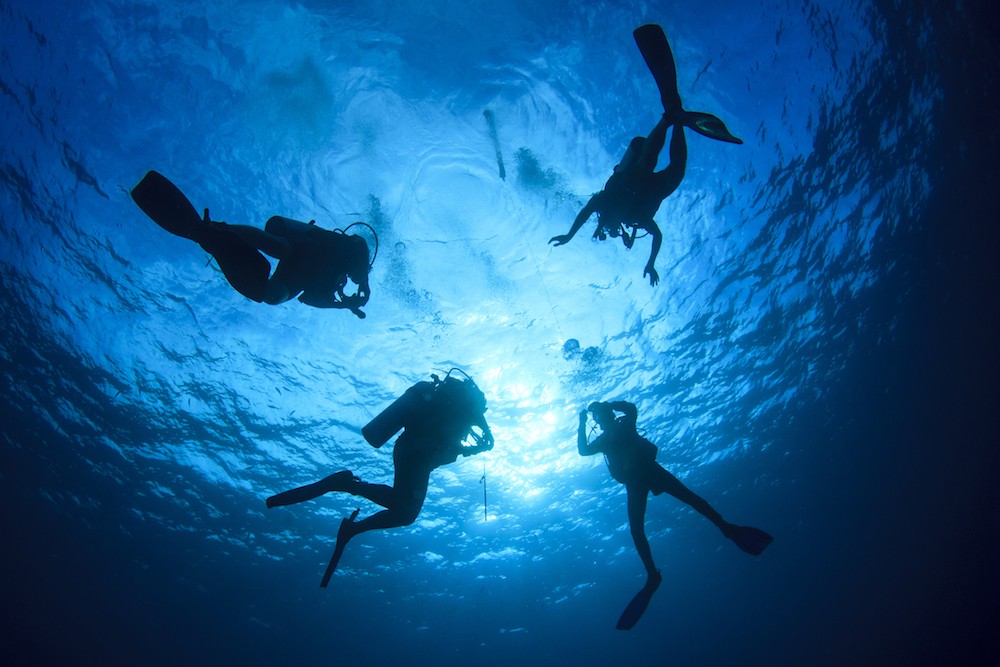
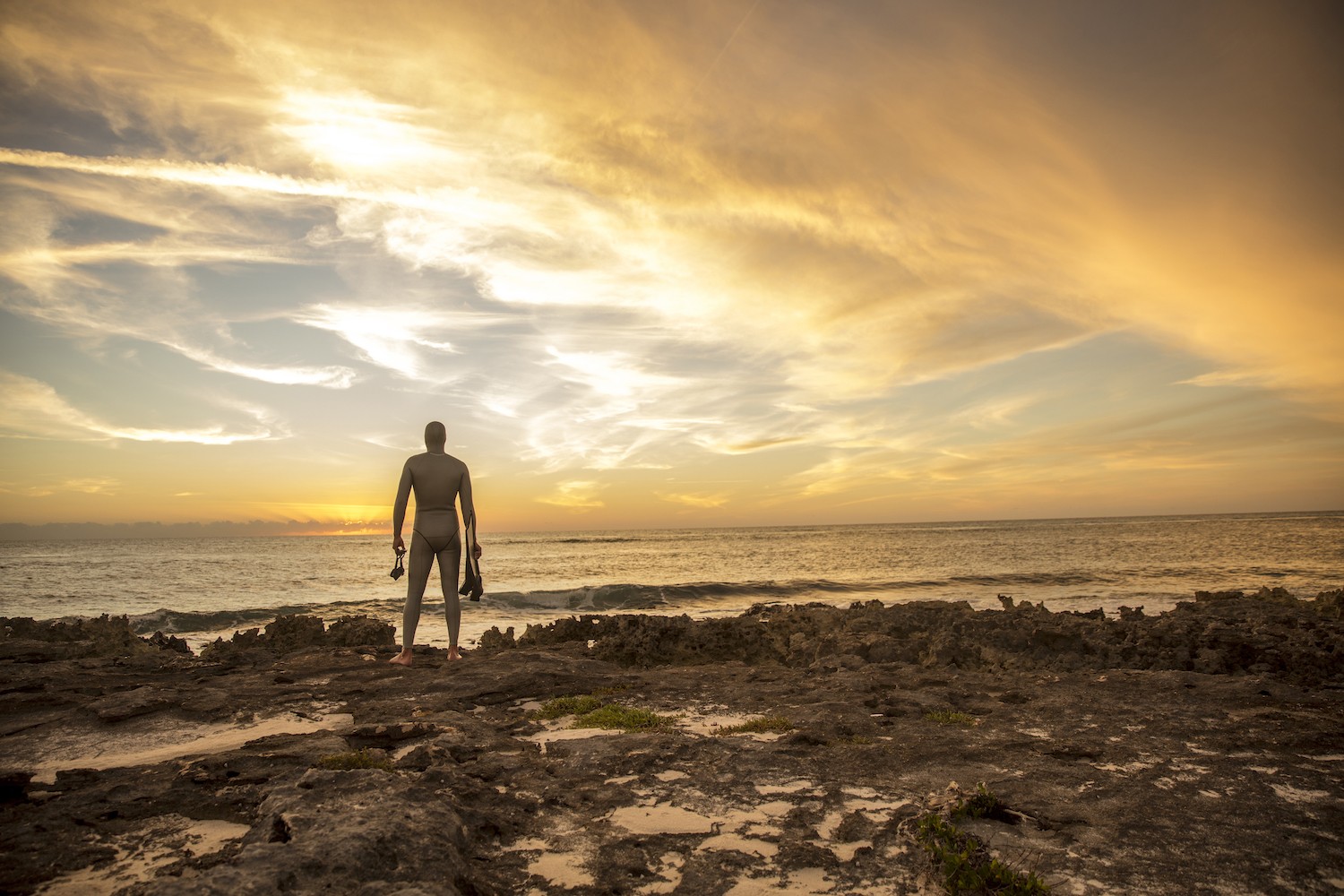
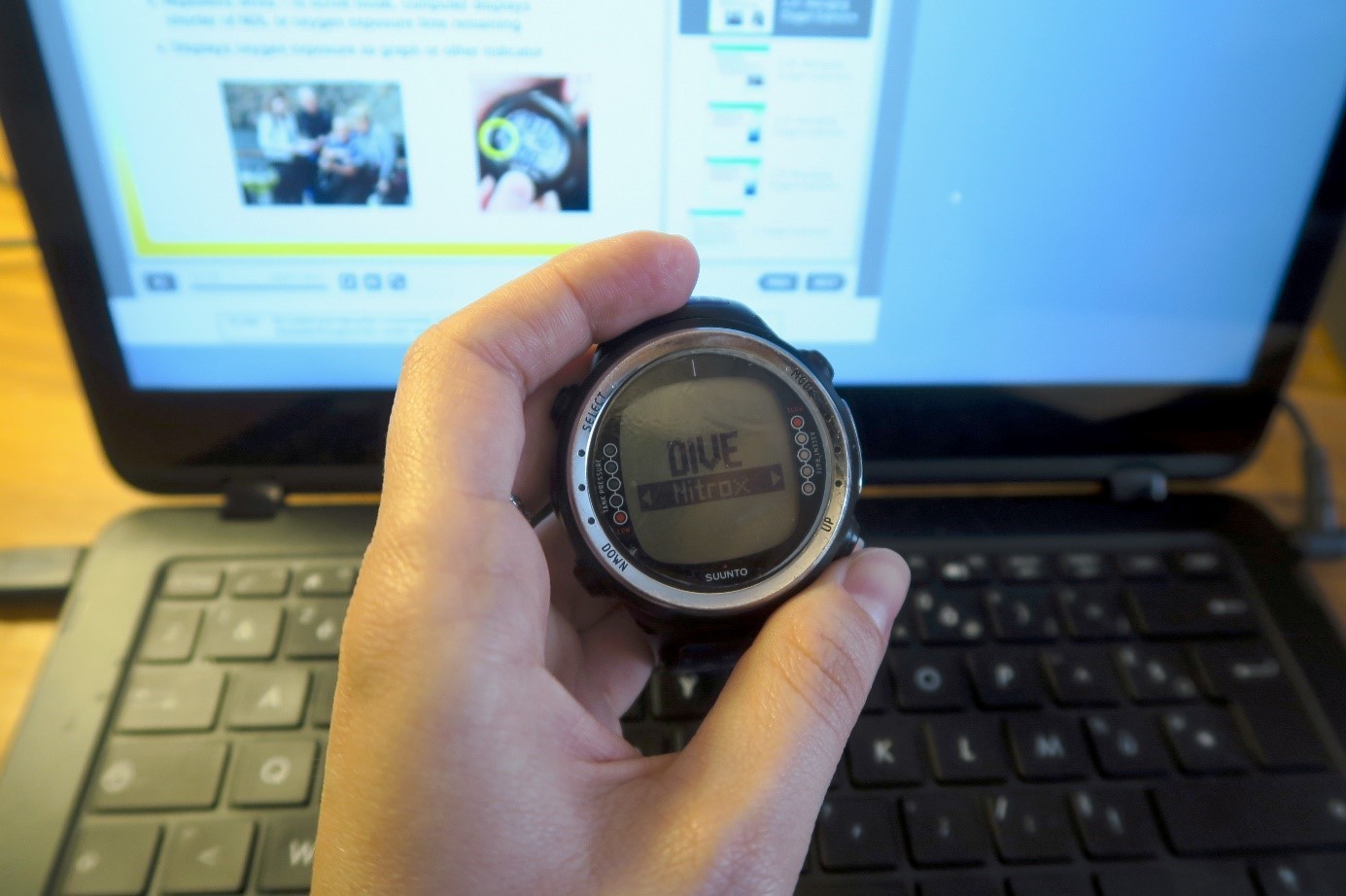
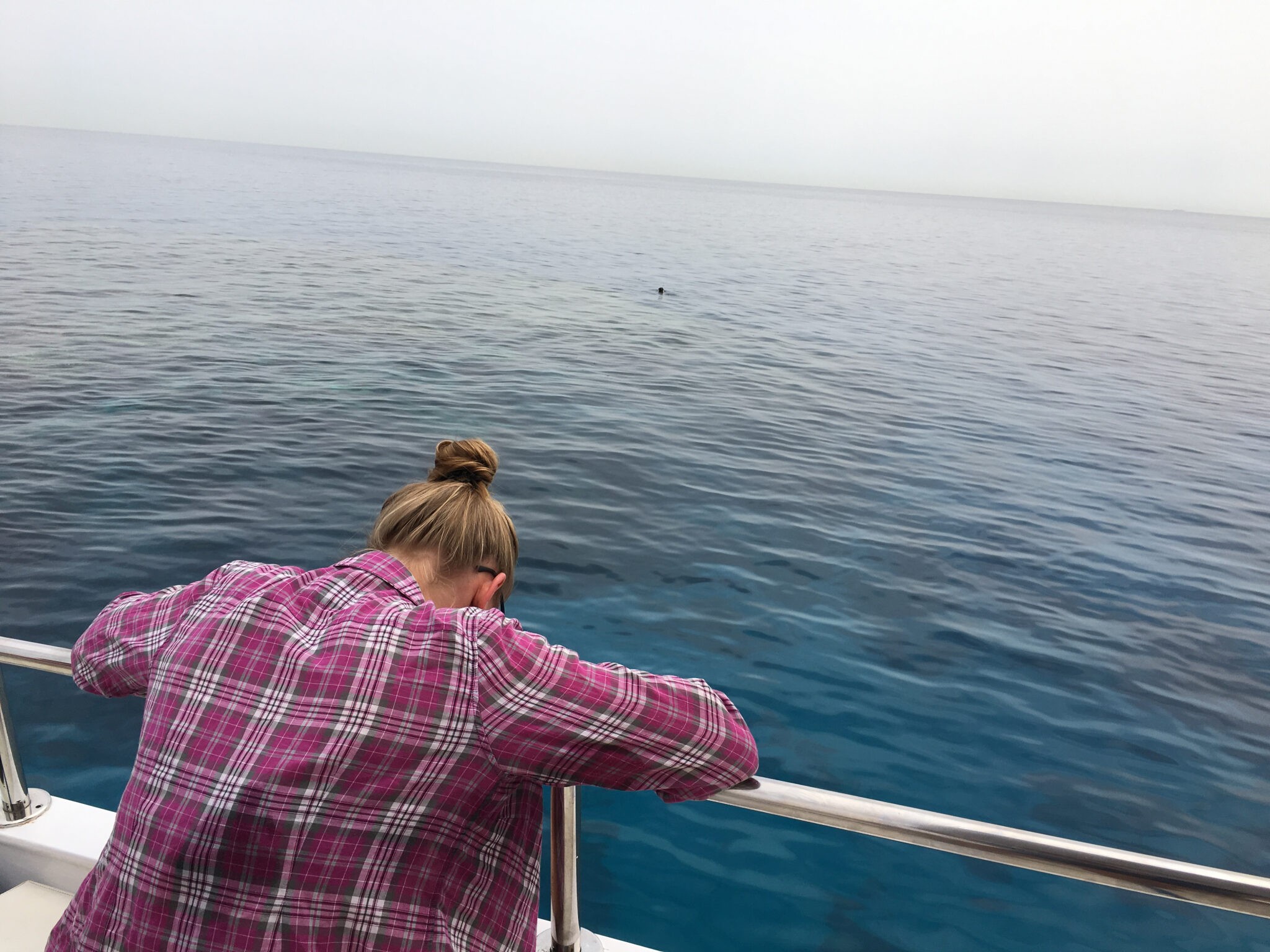
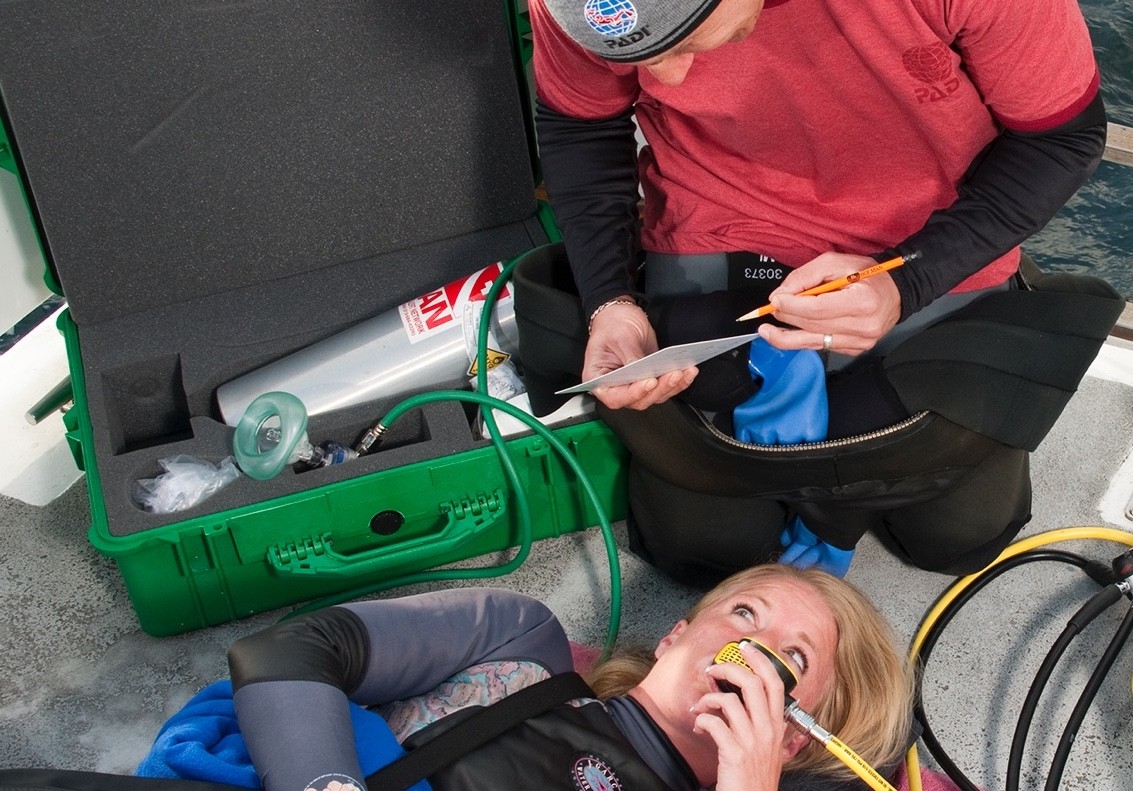
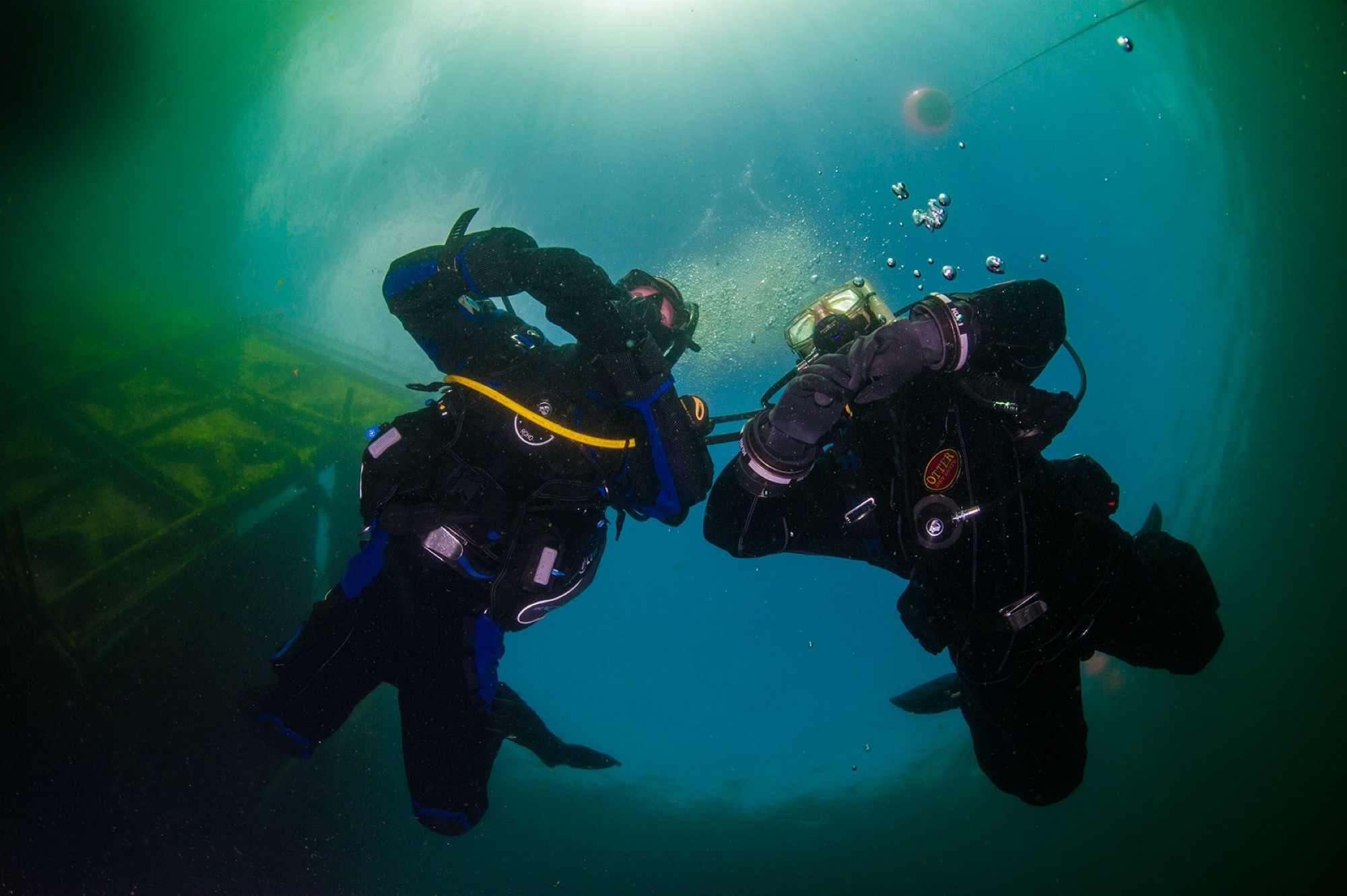
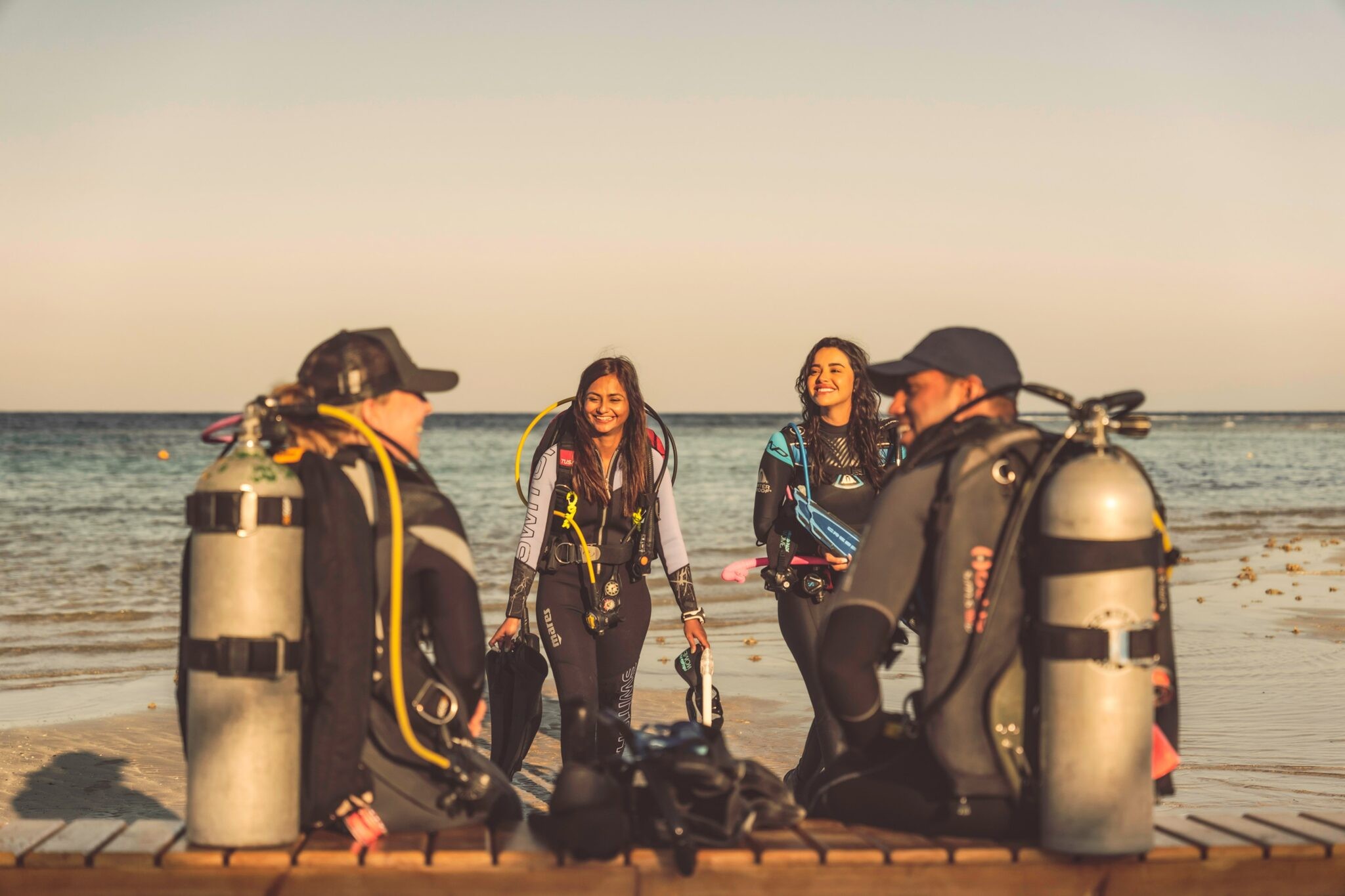
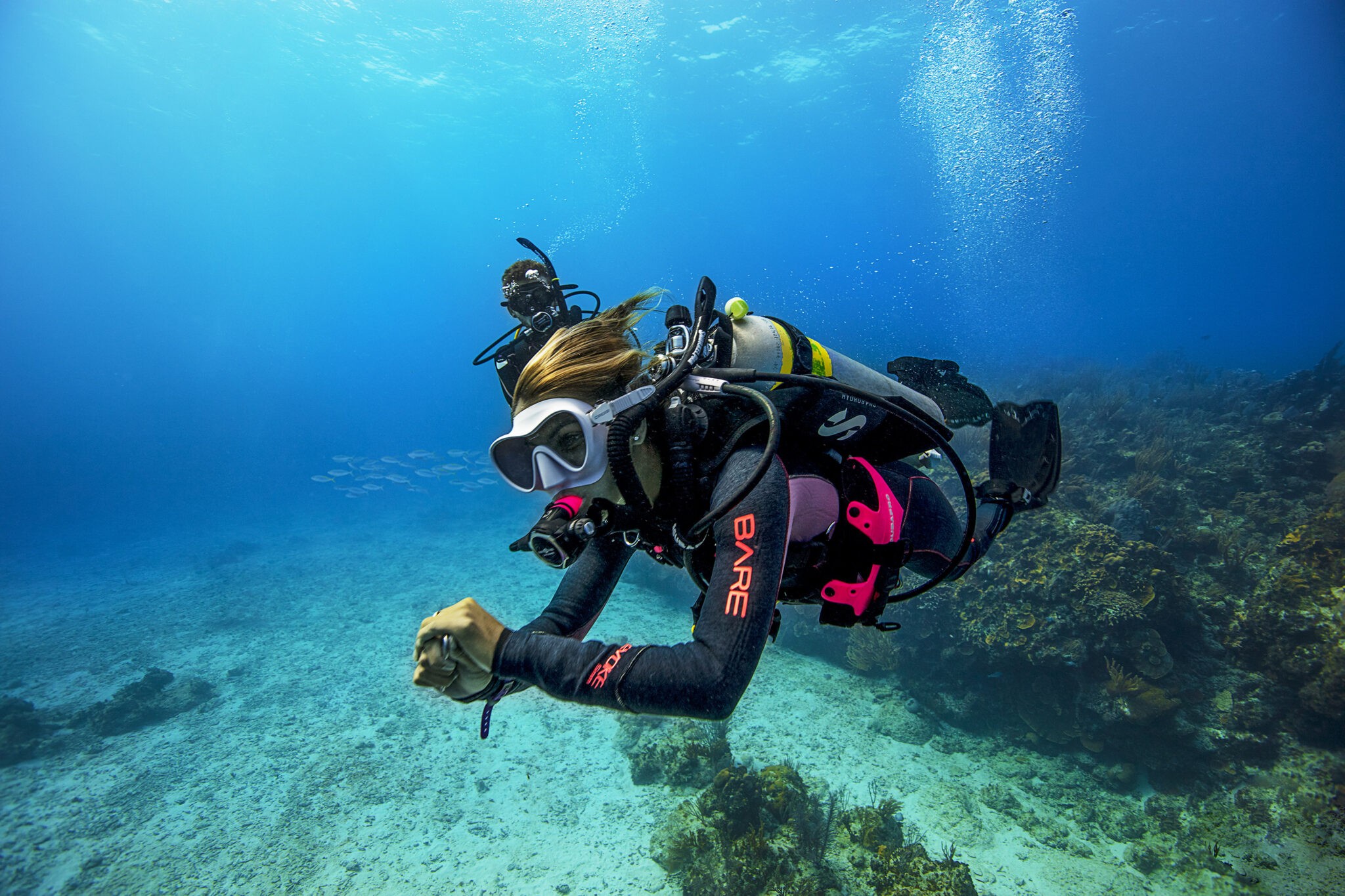
16. Need More Answers? Ask WHAT.EDU.VN!
Still have questions about the bends or other diving-related topics? Don’t hesitate to reach out to WHAT.EDU.VN! We’re here to provide you with accurate, reliable, and easy-to-understand information to help you stay safe and informed.
At WHAT.EDU.VN, we understand the challenges of finding quick, free answers to your questions. That’s why we’ve created a platform where you can ask any question and receive prompt responses from knowledgeable experts. Whether you’re a student, a professional, or simply a curious individual, we’re here to help you find the answers you need.
16.1. Why Choose WHAT.EDU.VN?
- Free Answers: Ask any question and receive answers completely free of charge.
- Quick Responses: Get your questions answered quickly and efficiently.
- Expert Advice: Receive answers from knowledgeable experts in various fields.
- Easy-to-Use Platform: Our platform is simple and intuitive to use.
- Community Support: Connect with a community of learners and experts.
16.2. How to Get Started
- Visit our website: WHAT.EDU.VN
- Click on “Ask a Question.”
- Type your question into the text box.
- Submit your question and wait for a response from our experts.
We’re committed to providing you with the information you need to succeed. Whether you’re studying for an exam, working on a project, or simply curious about the world around you, WHAT.EDU.VN is here to help.
Don’t let your questions go unanswered. Visit WHAT.EDU.VN today and get the answers you need, fast and free! Our address is 888 Question City Plaza, Seattle, WA 98101, United States. You can also reach us on Whatsapp at +1 (206) 555-7890.
Remember, your safety and knowledge are our top priorities. Dive safe and stay informed with what.edu.vn!
